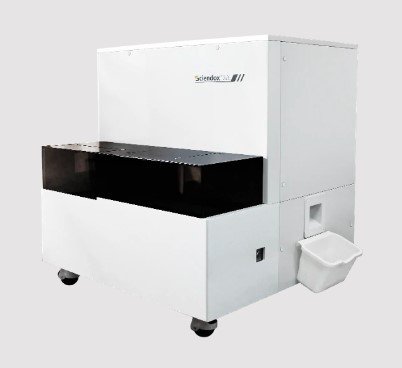The Importance of Personal Protective Equipment in Phlebotomy: A Comprehensive Guide for Healthcare Workers
Summary
- Understanding the importance of PPE in phlebotomy procedures
- Exploring the specific types of PPE required for phlebotomy in the United States
- The significance of proper PPE usage in ensuring the safety of healthcare workers and patients
Introduction
Phlebotomy is an essential aspect of healthcare, involving the collection of blood samples for analysis and diagnosis. As phlebotomists interact closely with patients during blood draws, it is crucial to prioritize both the safety of healthcare workers and patients. Personal protective equipment (PPE) plays a significant role in ensuring a safe and hygienic environment during phlebotomy procedures.
The Importance of PPE in Phlebotomy Procedures
Personal protective equipment is essential in phlebotomy procedures to prevent the transmission of infections and ensure the safety of healthcare workers. By wearing appropriate PPE, phlebotomists can minimize the risk of exposure to bloodborne pathogens and other potentially hazardous materials. Furthermore, PPE helps maintain a sterile environment, reducing the possibility of Cross-Contamination between patients.
Types of PPE Required for Phlebotomy in the United States
There are specific types of personal protective equipment that phlebotomists are required to wear during blood draw procedures in the United States. These items include:
- Gloves: Phlebotomists must wear disposable gloves to protect their hands from coming into direct contact with blood. Gloves should be changed after each patient to prevent Cross-Contamination.
- Face Masks: Face masks are essential in reducing the risk of respiratory droplet transmission during phlebotomy procedures. Phlebotomists should wear a mask that covers their nose and mouth properly.
- Protective Eyewear: Eye protection, such as goggles or face shields, is necessary to prevent blood splatter from entering the eyes during blood draws. This helps reduce the risk of ocular exposure to pathogens.
- Lab Coats or Gowns: Phlebotomists should wear protective lab coats or gowns to cover their clothing and skin during blood draws. These garments help prevent the direct contact of blood or other bodily fluids with the phlebotomist's clothes.
- Sharps Containers: Proper Disposal of needles and other sharp objects is crucial in preventing Needlestick Injuries. Phlebotomists should use designated sharps containers for the safe disposal of used needles.
- Hand Sanitizer: Hand Hygiene is paramount in preventing the spread of infections. Phlebotomists should use hand sanitizer before and after each patient encounter to maintain cleanliness.
The Significance of Proper PPE Usage
Proper usage of personal protective equipment is vital in ensuring the safety of both healthcare workers and patients during phlebotomy procedures. By wearing the required PPE, phlebotomists can reduce the risk of exposure to bloodborne pathogens, minimize the transmission of infections, and maintain a sterile environment. It is essential for healthcare facilities to provide adequate training on the proper use of PPE and ensure that all phlebotomists comply with safety protocols.
Conclusion
Personal protective equipment is a critical component of phlebotomy procedures in the United States. By wearing the appropriate PPE, phlebotomists can safeguard their health and the well-being of their patients. Understanding the specific types of PPE required for phlebotomy and adhering to safety protocols are essential in promoting a safe and hygienic healthcare environment.

Disclaimer: The content provided on this blog is for informational purposes only, reflecting the personal opinions and insights of the author(s) on the topics. The information provided should not be used for diagnosing or treating a health problem or disease, and those seeking personal medical advice should consult with a licensed physician. Always seek the advice of your doctor or other qualified health provider regarding a medical condition. Never disregard professional medical advice or delay in seeking it because of something you have read on this website. If you think you may have a medical emergency, call 911 or go to the nearest emergency room immediately. No physician-patient relationship is created by this web site or its use. No contributors to this web site make any representations, express or implied, with respect to the information provided herein or to its use. While we strive to share accurate and up-to-date information, we cannot guarantee the completeness, reliability, or accuracy of the content. The blog may also include links to external websites and resources for the convenience of our readers. Please note that linking to other sites does not imply endorsement of their content, practices, or services by us. Readers should use their discretion and judgment while exploring any external links and resources mentioned on this blog.
